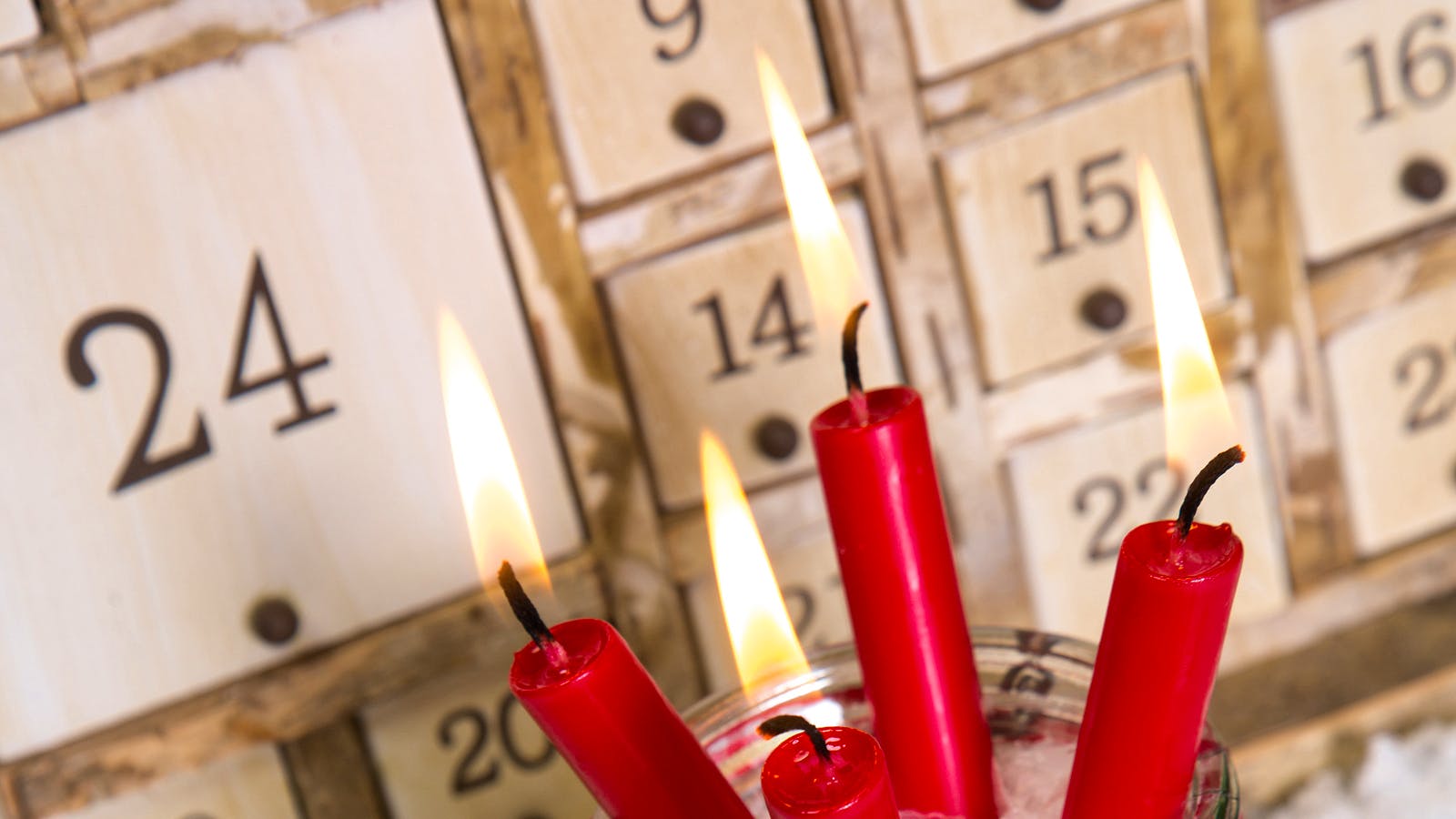If you've got a jigsaw on the go, especially during holiday season, put it somewhere where it won't need to be moved. You can buy mats that will roll everything up but we feel that takes away the point of doing a jigsaw. It needs to be available at all times. It's a good idea to put it in a place where family are likely to walk past. That way, you can do a bit now and then, without getting drawn into long sessions. Lighting is crucial and it's useful to have a good lamp to hand for dark afternoons.
Be prepared that you are likely to get drawn into a puzzle and while away many hours. It's too easy to say to yourself, 'Just one more piece' before moving away and the hours have disappeared.
The benefits of jigsaws
It comes as no surprise that doing a jigsaw is good for your wellbeing and mental health. Put your phone and iPad away and enter the world of tiny pieces of a puzzle. Working on a jigsaw puzzle can help to reduce stress. When you find a missing piece, you'll get a boost of positivity. You could almost say, this is mindfulness delivered in a box. Patience and method are important prerequisites for completing a jigsaw. Your eyes will quickly adjust to pick up on different colours, shapes and forms.
Doing a jigsaw as a family is a rewarding way to connect as the generations can all play their part. For young children, jigsaw puzzling can help boost their attention span along with hand-eye co-ordination. And they will soon learn to remember where they've seen bits they're looking for.
Puzzles can be educational too, for young and old. Learn about different plants, bird and dog types, fungi or even where your favourite wine , whisky or cheese is produced.
What type of jigsaw puzzler are you?
Some people hide the box of the jigsaw puzzle and start from scratch, not having any idea in the picture they're building. We reckon this is hardcore and with this approach you'd have to find the corners and edges first. Our approach is to have enough space that you can scatter the pieces so they all lie flat, not overlapping each other. Sorting the corners and edges first is sensible but with the picture to hand, you're likely to start to build up small sections before you can join them all together.
History of the jigsaw
What of the jigsaw's history? How long have we been obsessed with them? The first puzzle was made in England in the 1760s, created by John Spilsbury who was a map engraver. He wanted children to learn about the world so he mounted one of his maps onto wood and then cut around the countries. He presented the puzzle to a local school and it was such a hit that the concept caught on and was soon copied by others. The puzzle didn't get its name, jigsaw, until the special saw used to cut out the pieces, was invented in the 1880s.
A Christmas or holiday tradition at any time of the year
Why not make it a tradition and buy a new jigsaw every year. They also make great presents and with this in mind, here are just some of our favourites.
































